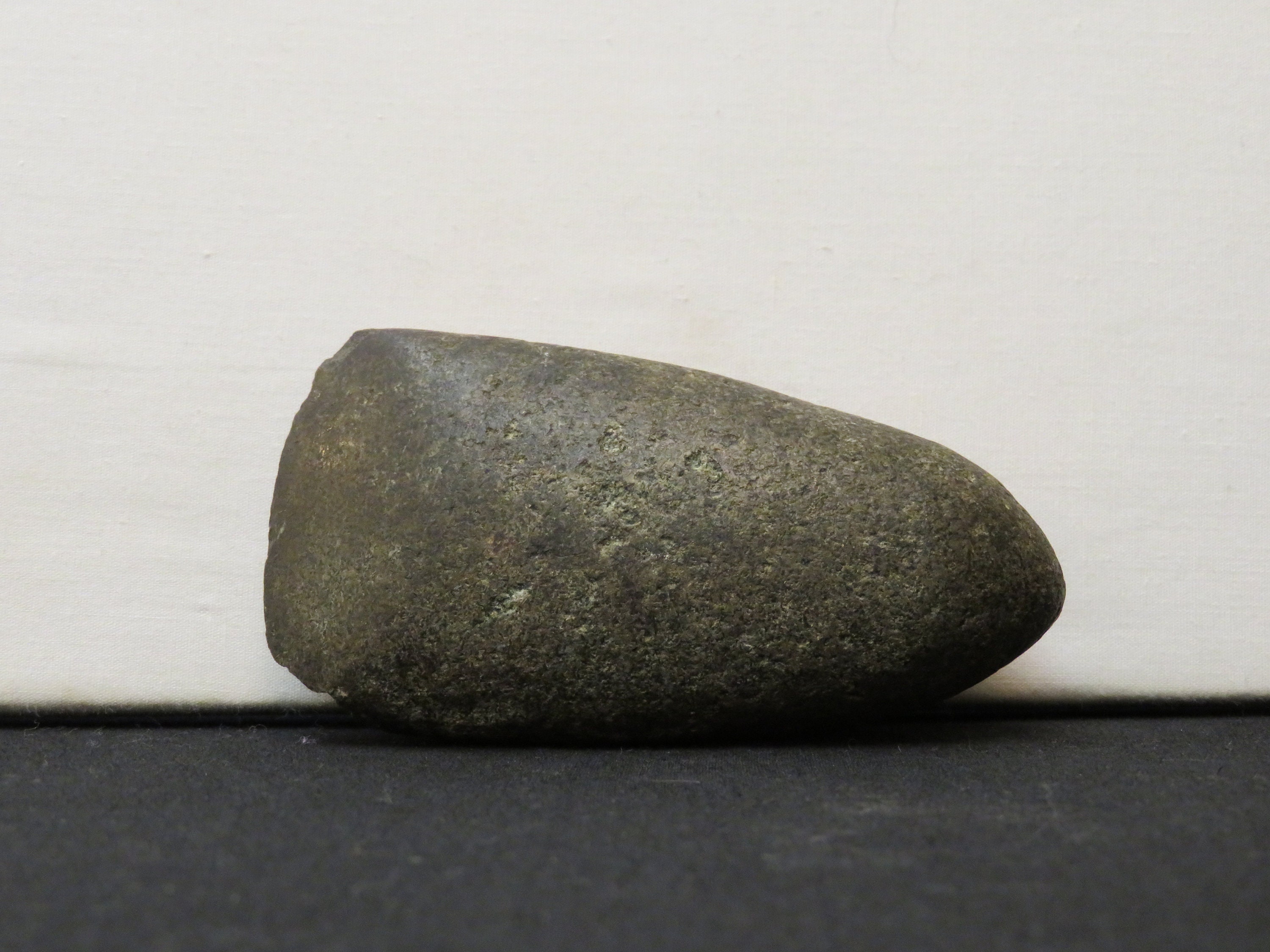

That entered my spirit and stayed with me,” Faesser said.Īfter being ordained in 1976, Faesser was assigned to Holy Rosary Church in Alliance, a railroad town with a sizeable Native American population “who lived south of the tracks, in dire poverty.

“That drumbeat was the heartbeat of Mother Earth.
Teepees were set up, and the Whitecalf family would perform and take up a collection from the tourists to pay their living expenses. The dances were held behind a gift shop “full of stuff made in China,” Faesser said. In the afternoon, Henry Whitecalf would drive the pickup through town, beating on the drum as his granddaughter danced, hoping to entice tourists to the powwow. Every summer, three generations of the Lakota Henry Whitecalf family came down from the Pine Ridge Reservation to put on an evening powwow at the Sioux Trading Post. Ogallala’s was the Sioux Trading Post, owned by the Henline family. In the 1950s, there was no interstate highway, but Highway 30 went through many small towns, and several had what Faesser humorously called “tourist traps” to entertain travelers. “Immigrants were required to have a sponsor to provide lodging, food, jobs and so forth,” Faesser said. In Ogallala, they were met by their sponsor, George McGinley.
NATIVE AMERICAN BLACK AXE HEAD HOW TO
from Russia, where they had taught Russians how to farm. In the spring of 1952, he was just 3 years old when he, his brother Vic, 5, and their immigrant parents stepped off a train in Ogallala with about $25 in cash, two suitcases and a wooden trunk built by his father, a carpenter.Īlthough the family was German, they came to the U.S. Father Art likes to say, “That drum beat got me into it at a very early age.”


 0 kommentar(er)
0 kommentar(er)
